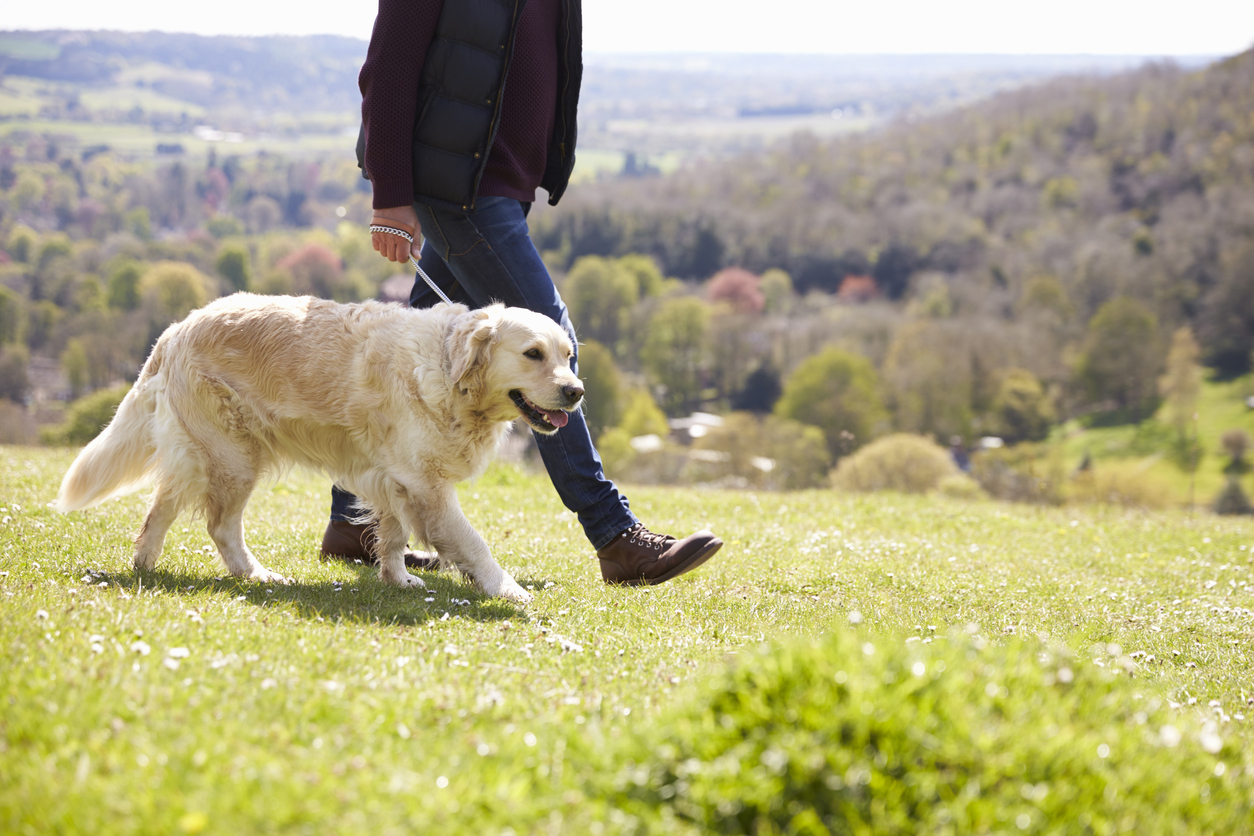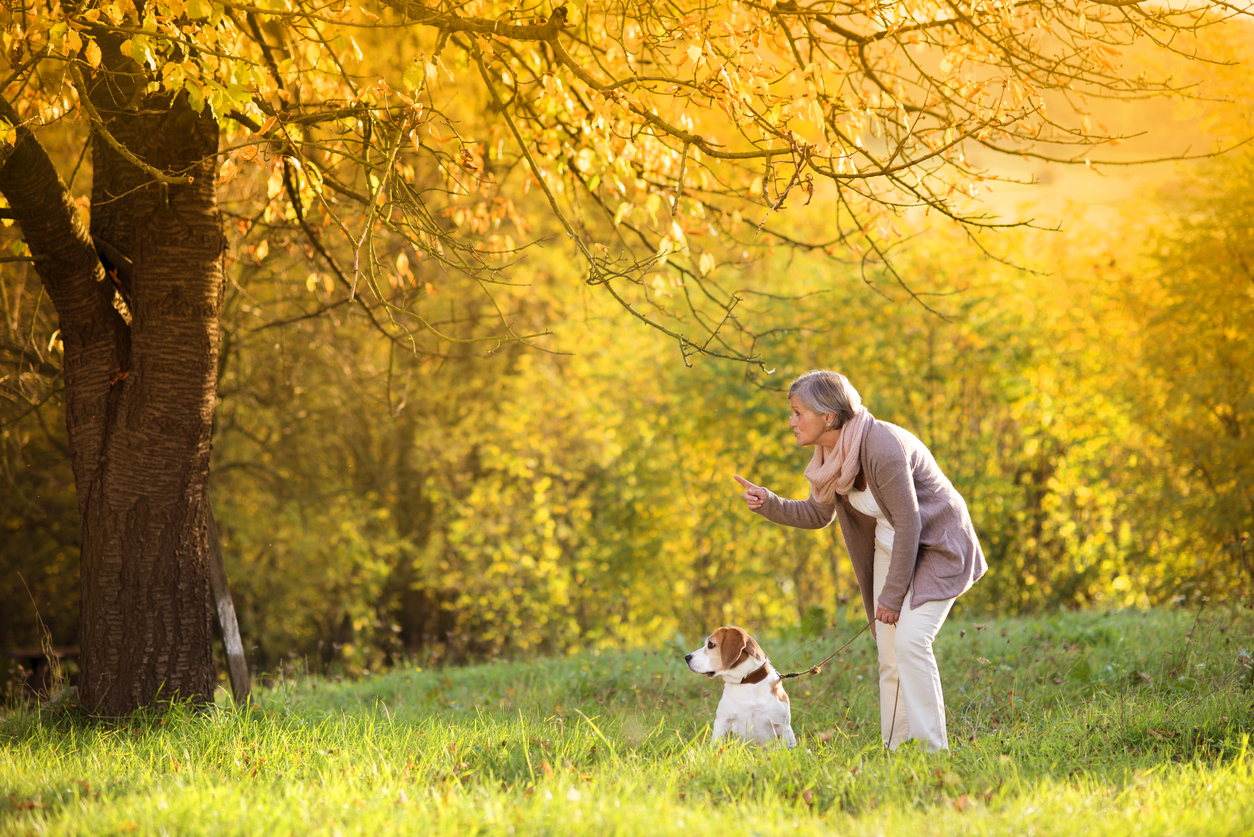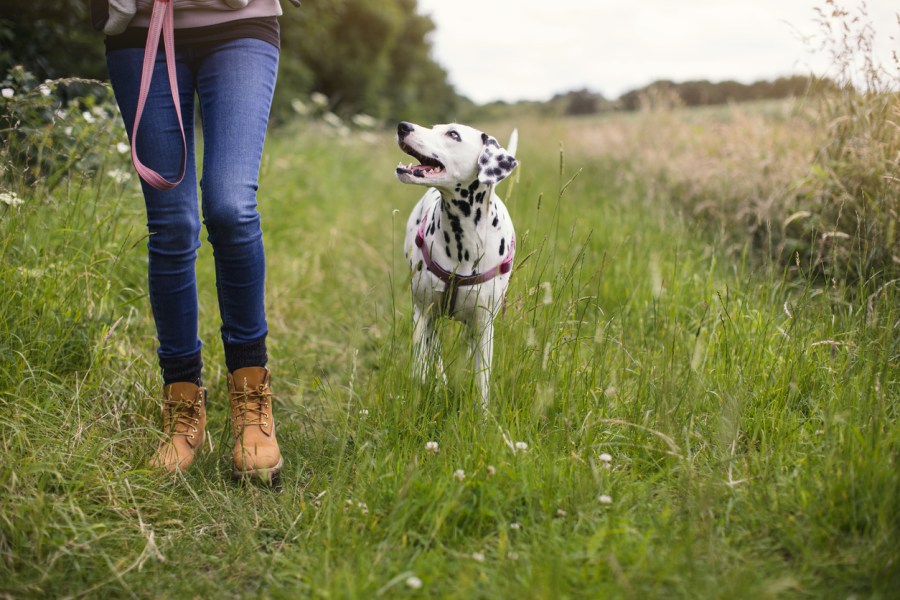Petplan takes you through the basics of hiking safely in the hills with your dog
Created by The Great Outdoors for Petplan
Getting out and about with your pet is one of the best things about being a dog owner – and just like us, many dogs enjoy a good walk in the hills.
Whether you’re heading out for a full day of mountain hiking with plenty of space to explore, or taking a stroll through lower-level trails, it’s important to consider the safety of your dog.
Petplan reviews the best way to go hillwalking with your dog and how to keep them safe throughout the trek.
Fitness First
Regular walks are key to a dog getting fit and staying healthy.
Walking will help your dog maintain a healthy weight, which puts less strain on their joints and heart. It also uses almost every muscle in their body, thus improving cardiovascular fitness. Most dogs take to hillwalking well – just like with humans, it’s better exercise than walking on the flat, and provides your dog with plenty of mental stimulation too.
Before embarking on a big mountain hike, it’s best practice to train your dog with shorter and flatter walks first. Start with a couple of miles and gradually build your way up.
A walking fitness program will benefit both you and your dog – and the chances are, you’ll find your dog will be fit enough well before you.
Pack supplies
Before setting off for the hills, remember that dogs need a few supplies to keep their energy levels up and stay happy and healthy when hiking outdoors.
A few things to consider bringing include:
- Fresh water and a bowl. Although mountain water is usually safe for dogs to drink, it’s a good idea to carry supplemental water, especially in warm weather.
- Doggy treats. Climbing hills uses energy; pack plenty of nutritious food for your pet.
- Pet first aid kit. The basics should suffice, enough to cope with minor cuts and grazes.
- A sturdy lead. Doubly important when walking in areas with livestock.
- An umbrella. Why? In summer, the sun can be fierce and shade scarce. An umbrella can provide an oasis of sun protection for your dog

Additionally, you should carry your dog’s current ID tags and ensure that your four-legged friend has a well-fitted collar. Having your current dog insurance policy on hand will make it much easier if there’s an emergency visit to the closest vet to your hiking location. As a responsible pet owner, it’s important that your pet is covered and protected in case of an emergency.
Petplan offers superb pet insurance policies for you to choose from, which covers your four-legged friend should they fall ill or suffer an injury.
On the trail
With fitness levels up and supplies packed, you and your dog will be ready for the hills. While on the trail, there are a few things responsible dog owners should look out for:
- Watch your dog’s paws. Your dog’s paws are extremely delicate – look out for any cuts on their pads. It’s a good idea to invest in a pair of booties to protect their paws from cuts and scrapes if you’re walking through tougher terrain. Many British hills have rocky paths where dog booties will really come in useful.
- Take frequent breaks. Allow time for frequent rest and water breaks, preferably in the shade. That’s why you packed the umbrella!
- Look out for poisonous plants. Although not a big problem in the UK hills, when walking through wooded areas it’s worth checking the path ahead for plants such as foxglove, deadly nightshade, arum lily or hemlock. In the autumn, don’t let your dog eat mushrooms or toadstools.
- Check for ticks. Make sure to look for ticks both during and after the hike. If your dog has ticks, remove them with fine-nosed tweezers or a tick twister; the same rules for dealing with ticks on humans apply.
- Pick up their poop. Always carry doggie bags for waste – nobody wants to be surprised by stepping on dog poop left on the trail. Dog waste also contains diseases that could contaminate water sources, so it’s always wise to bag it and trash it

Remember that if your dog ever shows signs of pain or slowing down on the trail, they need your help, and if you’re unsure what’s causing them distress, immediately consult with your vet.
With a little planning and preparation, hiking with your furry friend can be a rewarding experience for both of you. Along with exercising and staying healthy, you’ll be spending quality time together.
petplan.co.uk








